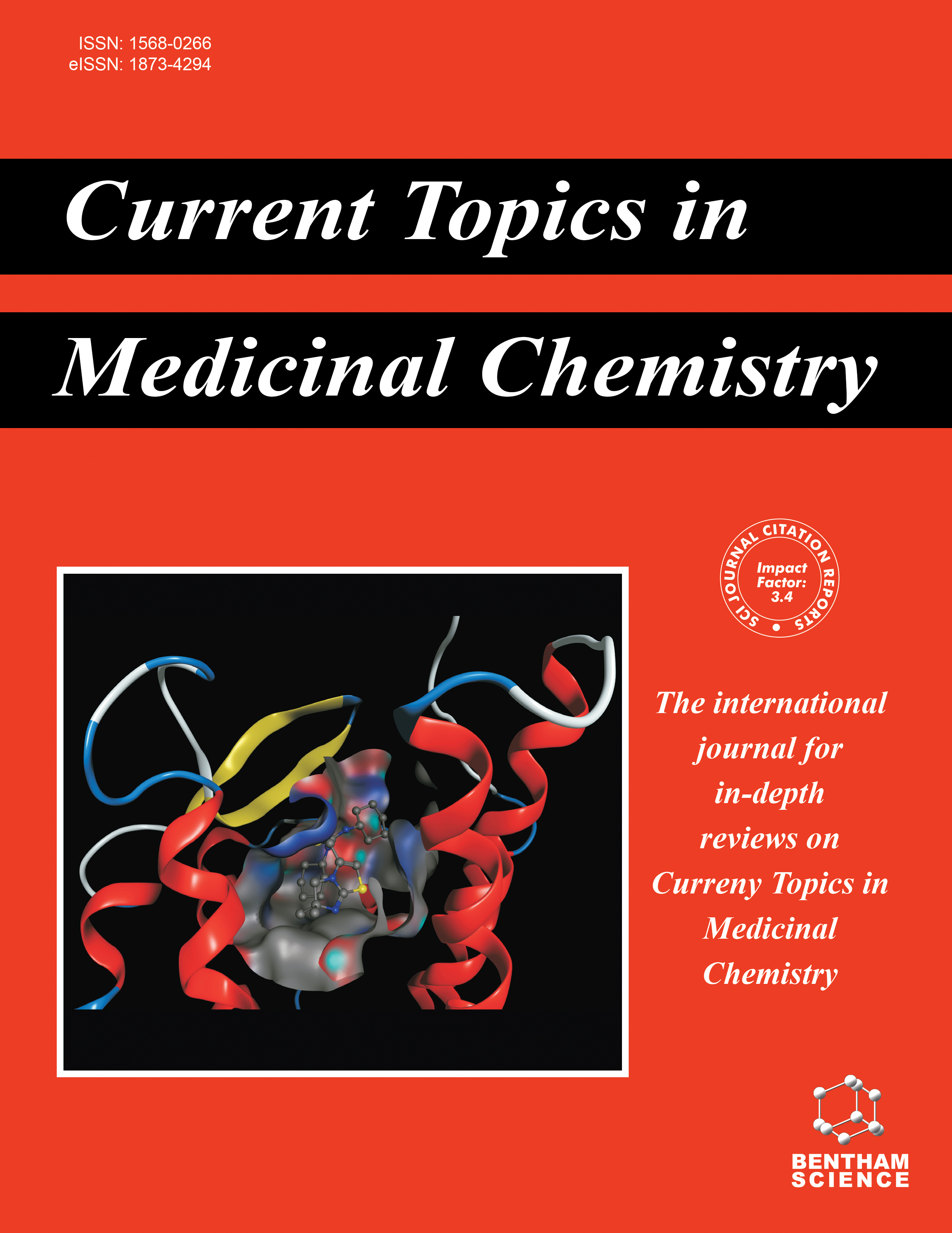
Full text loading...
We use cookies to track usage and preferences.I Understand
Coptis chinensis Franch. (Ranunculaceae, Coptis), a traditional Chinese medicine (TCM) with thousands of years of clinical use history, also a natural medicine available in many countries, has wide pharmacological mechanisms and significant bioactivity according to its traditional efficacy combined with modern scientific research. The quality marker (Q-marker) of C. chinensis Franch. is predicted in this paper based on the chemical composition and pharmacological effects of the plant, as well as the current system pharmacology, plant relatedness, biosynthetic pathways and quantitative analysis of multi-components (QAMS).
Natural medicine has the advantage of being multi-component, multi-pathway and multi-target. However, there are few reports on safety evaluation. This review predicts the Q-marker of C. chinensis, the safety and efficacy of C. chinensis is provided.
Studies from 1975 to 2023 were reviewed from PubMed, Elsevier, ScienceDirect, Web of Science, SpringerLink, and Google Scholar.
Alkaloids and organic acids are the two main component categories of Q-Markers. The specific alkaloids identified through predictive results include berberine, coptisine, palmatine, epiberberine, jatrorrhizine, columbamine, and berberrubine. Quinic acid and malic acid, due to their influence on the content of alkaloids and their ability to aid in identifying the active components of C. chinensis, are also considered Q-markers.
The research strategy of “exploring chemical components, exploring pharmacological activities, constructing pharmacological mechanism network and locating biosynthetic pathways” was used to accurately screen the quality markers of C. chinensis in this review and summarise the quality evaluation methods and criteria. In addition, we updated the biosynthetic pathway of C. chinensis and refined the specific synthetic pathways of jatrorrhizine (quality markers) and epiberberine (quality markers). Finally, we summarised the quality evaluation methods of C. chinensis, which provide an important reference for resource evaluation and provide a key reference for the discovery of new functional chemical entities for natural medicines.

Article metrics loading...

Full text loading...
References


Data & Media loading...

